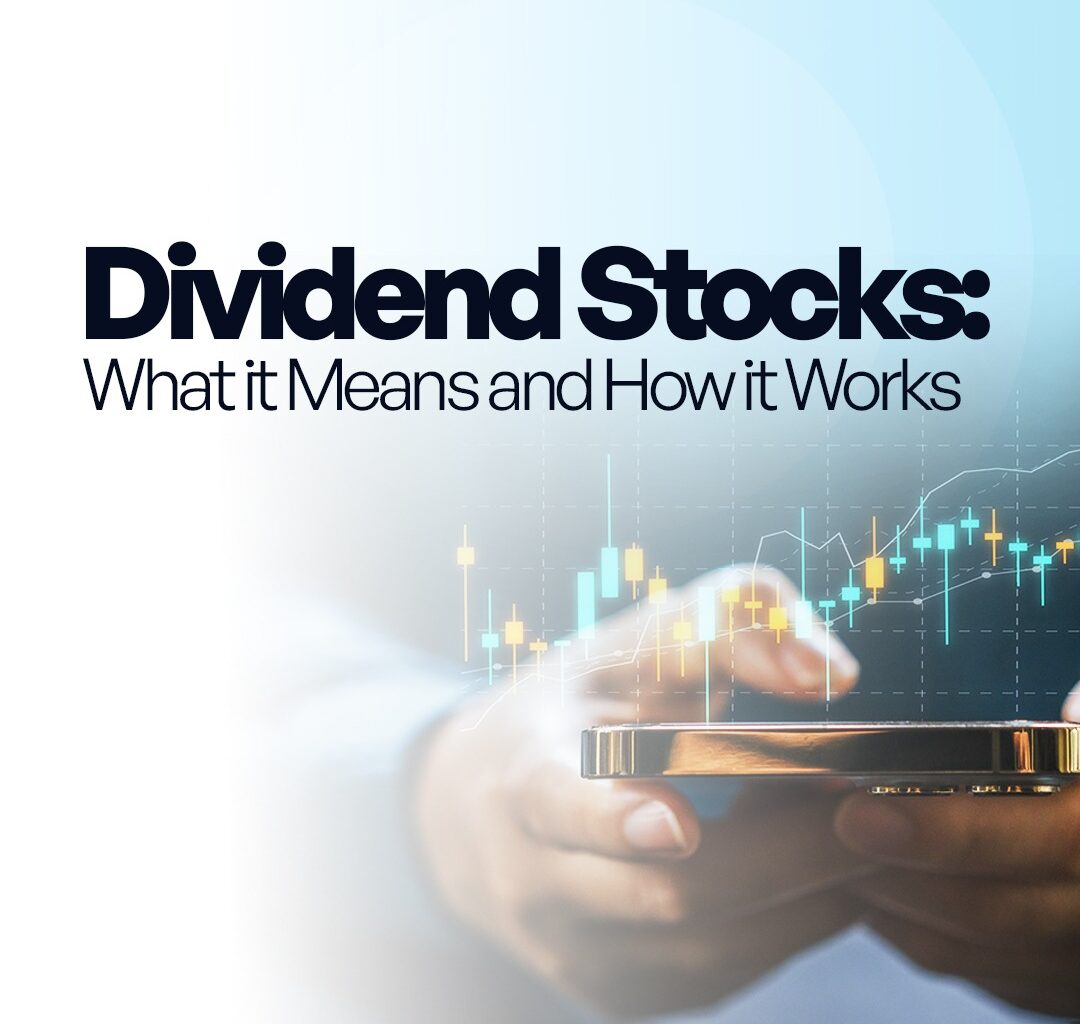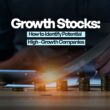Let’s go down memory lane with how “dividends” or “dividend stocks” became a thing.
In the financial history of the world, the Dutch East India Company aka Vereenigde Oost-Indische Compagnie (VOC) in their native language holds the distinction of being the first recorded public company to consistently pay regular dividends. The VOC distributed annual dividends, which amounted to roughly 18% of the value of their shares, and they maintained this practice for nearly two centuries, spanning from 1602 to 1800.
Dividends have been a major contributor to investors’ returns over the past 50 years. Looking back to 1960, about 69% of the total returns from the S&P 500 Index can be credited to reinvested dividends and the compounding effect they have.
What is a Dividend?
A dividend is when a company shares its earnings with its shareholders. The company’s board of directors decides how much to pay. Dividends are usually given out every quarter and can be in cash or as more company stock.
Dividend yield, expressed in percentages is the dividend per share divided by the share price.
If you own stock in a dividend-paying company before the ex-dividend date, you get a dividend payout as long as you’re a common shareholder.
What are Dividend Stocks?
Dividend stocks are publicly traded companies that pay out a portion of their profit to their shareholders/investors. These payout shares go out to them monthly, quarterly, or annually.
How Does Dividend Stock Work?
You can buy Dividend stocks just like you would any type of stock. All you need to do is buy through a broker account or an investment account like Trove Finance which is easier and straightforward.
Every dividend stock investor needs to be aware of some important days. Dividend companies communicate with their shareholders/investors during 4 important dates.
- Announcement date: When the company shares its dividend plans.
- Record date: The date when investors must be listed as shareholders to get the dividend.
- Ex-dividend date: The day when new shareholders won’t get the next dividend payment.
- Payment date: When investors receive the dividend.
How to Start Investing in Dividend Stocks
Investing in dividend stocks is easier than ever with platforms like Trove Finance. Follow these steps to get started:
- Download the Trove App – Create an account in minutes.
- Fund Your Investment Account – Deposit funds securely.
- Choose Your Dividend Stocks – Browse and select from a wide range of dividend-paying companies.
- Start Earning Dividends – Receive payouts directly into your account.
Read: Growth Stocks: How To Identify Potential High-Growth Companies
Examples of Dividend Stocks and Where I Can Buy Them
Just like any other type of stock, you can buy it through an investment account like Trove Finance. Below are some examples of Dividend stocks.
REFI (Chicago Atlantic Real Estate Finance, Inc.)
DX (Dynex Capital, Inc.)
ABR (Arbor Realty Trust, Inc.)
CALM (Cal-Maine Foods, Inc.)
FBRT (Franklin BSP Realty Trust, Inc.)
RC (Ready Capital Corporation)
SBGI (Sinclair, Inc.)
DVN (Devon Energy Corporation)
ALX (Alexander’s, Inc.)
Texas Instruments Inc. (TXN)
Lockheed Martin Corporation (LMT)
Merck & Company, Inc. (MRK)
Air Products and Chemicals, Inc. (APD)
The Hershey Company (HSY)
Broadcom Inc. (AVGO
Automatic Data Processing, Inc. (ADP)
Tractor Supply Company (TSCO)
Microchip Technology Incorporated (MCHP)
Rockwell Automation, Inc. (ROK)
FAQs
Why I Should Diversify Your Investment Portfolio?
While dividend stocks provide a steady income, it’s important to diversify. Investing in a mix of growth stocks, blue-chip stocks, and ETFs helps balance risk and maximize returns.
How Are Dividends Paid?
Dividends are mostly paid in cash, deposited into your investment account. However, some companies offer stock dividends, meaning you receive additional shares instead of cash.
The amount you earn depends on how many dividend stocks you own. The more shares you hold, the more dividends you receive.
Conclusion
Dividend stocks are a great way to generate passive income and grow your investment portfolio. However, we recommend you have other types of stocks like Blue Chip stocks, for example, to maintain a diversified and optimized investment portfolio.
Visit Trove Finance or download the Trove app today to invest in any dividend stocks of your choice





